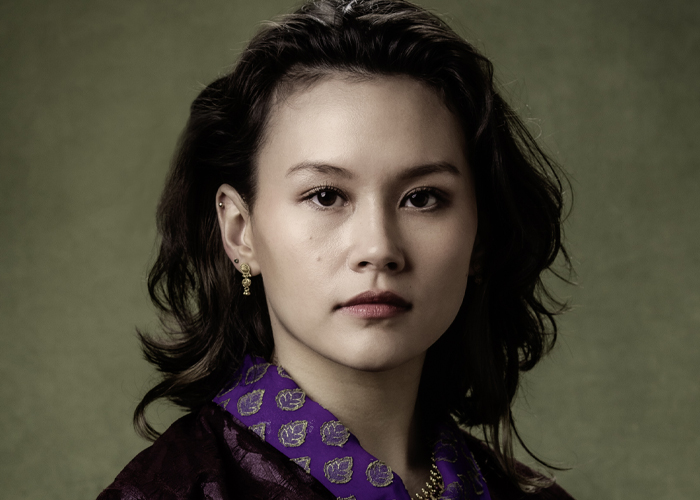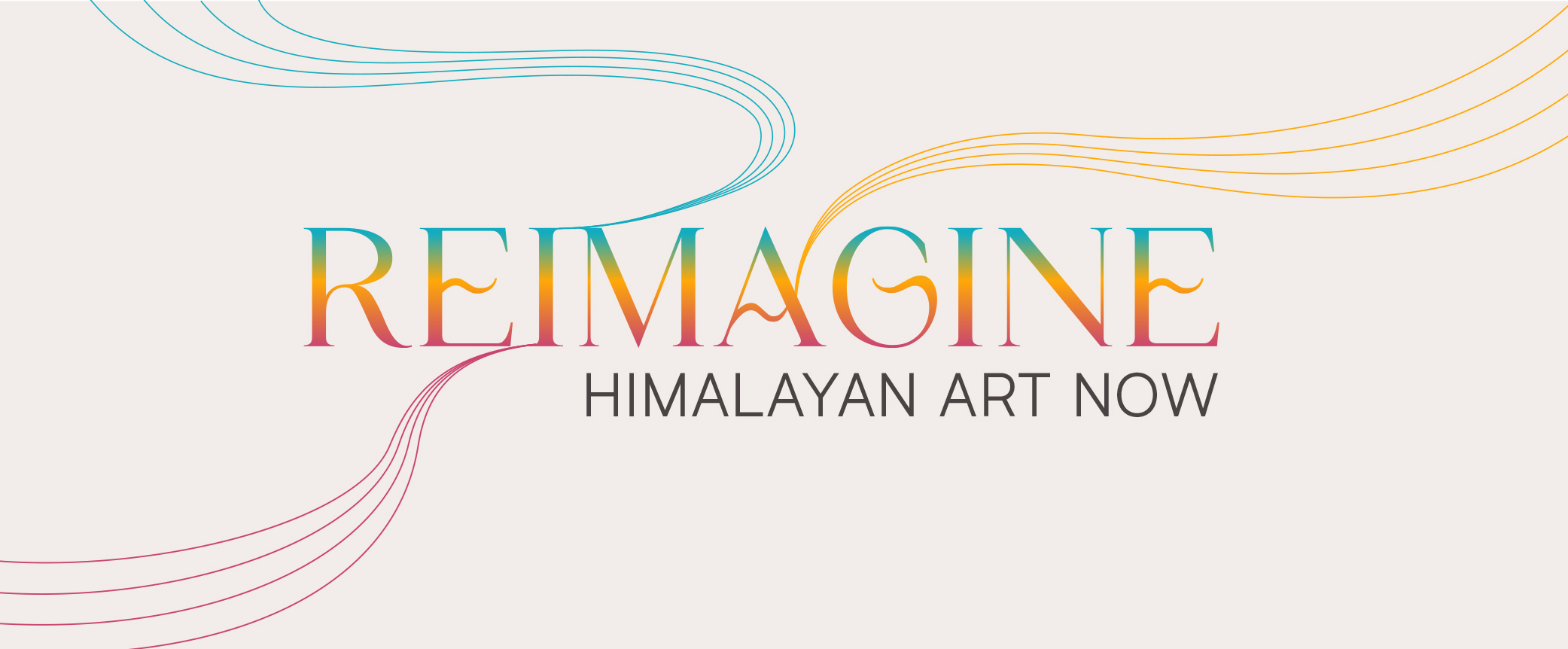
Sonam Tshedzom Tingkhye
ABOUT THE ARTIST

Sonam Tshedzom Tingkhye (she/her)
b. 1997, Seattle, WA; lives in Seattle, WA; works in Seattle, WA, and Boston, MA
Sonam Tshedzom Tingkhye is a Tibetan-American artist focused on dance performance, choreography, and film. Her practice is rooted in her Tibetan heritage as she brings a Buddhist philosophical angle to social and ecological crises explored through her art. She is pulled toward research, both in self-directed and company works.
Tshedzom has danced with Alice Gosti, Wade Madsen, Merce Cunningham Trust, Motlee Party, HYBRIDMOTION Dance Theatre, and Boston Early Music Festival. Her creative works have been presented with Velocity Dance Center, Brooklyn Museum, Boston Conservatory at Berklee, Dance Film Lab, Kaleidoscope Dance Company, Northwest Film Forum, and Tibet Film Festival. Based between Seattle and Boston, Tshedzom continues to investigate and expand her creative repertoire.
www.tshedzom.com / @tshedzom
ABOUT THE PERFORMANCE IN REIMAGINE
In her latest work, Per(sever)e, Sonam Tshedzom Tingkhye moves through internal and physical dialogues that channel the elements, space, and the body. Inspired by Machik Labdron and the chod lineage, Sonam Tshedzom Tingkhyeshe imagines severing ideas of attachment to the self and her habitual ways of perceiving. Twist, spill, unfold, and repeat—she welcomes what arises.
Machik Labdron (1055–1153) is a historical figure famous for her mastery of the tantric practice of chod (“cutting through ego”) and who represents the path to female buddhahood. Cutting through ego or cutting attachments refers to the willingness to give up everything for other sentient beings, a goal for Buddhist practitioners.
Throughout the eight-day performance, the artist detaches the symbolic strings of “the self” that envelop her space, as if peeling back the layers of an onion. Her movements portray a tug of war between the modern society of her upbringing and the Buddhist roots in her Tibetan body. As she releases the strings, she attempts to sever ideas of the self while being in the present. For the movement, the artist listens to her body and draws from the five elements present in the Kalachakra cosmology illustration: earth (yellow), water (white), fire (red), air (green), and space or quintessence (blue). The illustration can be viewed in this gallery.
“I am inspired by the teachings of Machik Labdron and chod because of the method of offering this impermanent body as part of the practice of cutting through ego. I’m drawn to these teachings because I see them directly aiding the disillusions we so often experience in this technologically-driven world. I think they are an anecdote that gets to the core.”
—Sonam Tshedzom Tingkhye
This performance is co-curated by Marina Abramović and Michelle Bennett Simorella and made possible through the Marina Abramović Institute.
Tshedzom Tingkhye will perform Per(sever)e at the Rubin on September 5–8 and 12–15, 2024.
RELATED RUBIN OBJECTS




